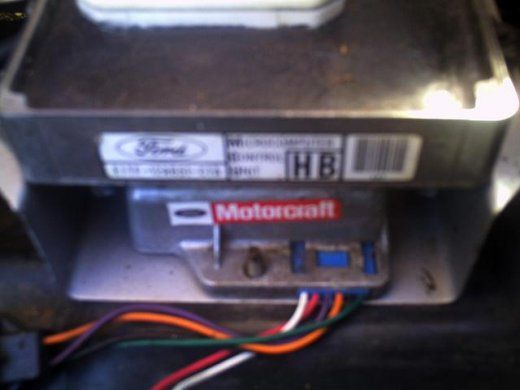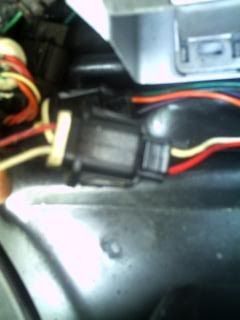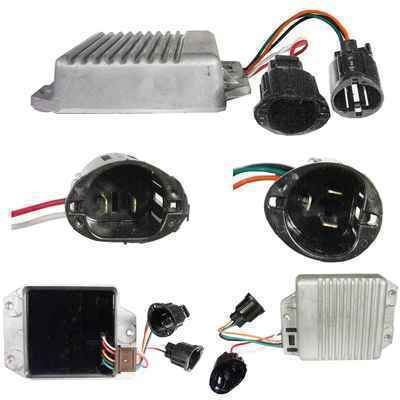What are the differences in ICM's, I have a 80 capri that had a 2.3 liter non turbo motor with air pump. Removed air pump and ran for awhile with stock ICM. Does it make a difference on how the engine runs and performs? Im finishing up my turbo motor and have a turbo ICM without air pump for than but what about until I switch to the turbo should I be running a ICM without air pump or is there no series differences between them. Thanks






 Reply With Quote
Reply With Quote








Connect With Us